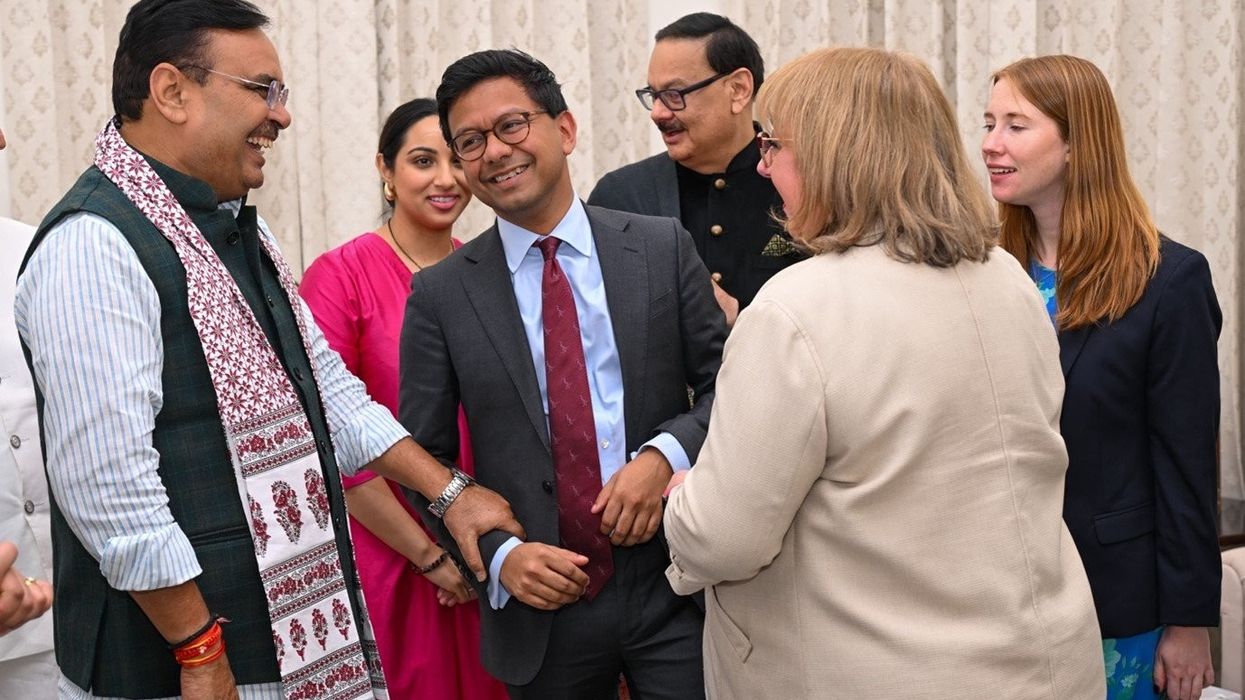Cricket had promised to have a reckoning with racism, and to embark on a new era of inclusion, in the wake of the anti-racism protests of last summer.

Yet the game is now going backwards before it goes forwards. The bungling of an anti-racism investigation at Yorkshire County Cricket Club has brought not just the county but the national game into disrepute.
After a protracted, opaque process, the club had apologised to former player Azeem Rafiq for his experience of “racial harassment and bullying”. Yet an unpublished 100-page inquiry proposed that no action would be taken against any players, staff or board members involved, on the grounds that being persistently called a ‘Paki’ should have been taken merely as “banter between friends”.
Health Secretary Sajid Javid, who has spoken about his own experience of racism growing up, made the central, unanswerable points on Twitter: “Paki is not banter. Heads should roll at Yorkshire CCC. If the ECB does not take action, its not fit for purpose”.
My first thought on hearing Yorkshire Cricket Club’s “banter’ defence, was how much it sounded like a throwback to the 1970s. For a generation, ‘can’t you take a joke’ was the defence of casual overt racism reflected in TV shows like Know Thy Neighbour. Though the ‘banter’ defence was still being deployed in the Lads Mag era of the early 1990s, it was also largely delegitimised by the turn of the century. Social norms have changed, with more social contact, in each successive generation, across ethnic lines. It should be astonishing for an institution as prominent as Yorkshire Cricket Club to be setting out a ‘banter’ defence of overt racial prejudice into the 2020s.
Javid’s intervention made a decisive difference. This may be an example of when diversity at the top table does change outcomes too. There had previously been a muted media response to Yorkshire’s decision to take no action against racism. Imagine the furore had this happened at a premier league football club, such as Leeds or Manchester United.
Culture secretary Nadine Dorries made clear that the government expected the national governing body to intervene. The Commons Culture Select Committee chair, Julian Knight said he would summon the chair of Yorkshire to answer questions - and that the county's board should resign.
The government did learn something from the last big argument about racism in sport. Having made unforced errors, reactively, when sounding indifferent to England’s footballers being booed over taking a knee, the government has been proactive about the need to take racism seriously.
The ECB broke its silence, appointing a QC to scrutinise Yorkshire’s handling of the racism against Rafiq. Yorkshire’s major sponsors have intervened, with Anchor Butter withdrawing, and Tetley’s beer wanting answers. The commercial cost of this reputational damage may be the final sign that the county’s leadership is untenable, as editorials in the Yorkshire Post and the Times have argued.
Heads do appear likely to roll now. The question is whether that will lead to a change of personnel or the deeper change of culture that cricket needs on race and inclusion.
Historically, cricket surely had the big - missed - opportunity for integration and sport in England. In an era when its claim to equal status with football as the national game was slipping, it had first mover advantage with many of the first generation of Commonwealth migrants to Britain. I remember Windrush passenger Sam King told me that it was the famous 1950 victory of the West Indies, two years later, was the moment when he felt the West Indians had arrived in England. The 1980s “blackwash” tour with the great West Indies side winning five tests to nil was an Important moment of empowerment for Black Britain at a time of social, economic and political exclusion. India and Pakistan fans could tell their own stories about famous victories on the journey from underdogs to cricketing superpowers.
Yet that passion for the game was combined with a sense of English cricket - both club and country - being a cold place, where ethnic minorities remained outsiders.
A powerful exhibition ‘You Guys Are History’ reveals that England has had just 21 black international cricketers - male and female, across all formats of the game. In the county game, there were four times as many black professionals in the 1990s as there are now. Slow progress with the Asian presence in the game has surely underperformed the opportunity too.
To turn aspirations to include into action, cricket desperately needed - and still needs - the great northern counties like Yorkshire and Lancashire to step up, with the proactive plans to engage across all communities that have been too weak over past decades. That is the challenge too for the Midlands counties, and for Surrey with its Oval home in South London. But good grassroots initiatives to break boundaries now risk being undermined by failures of governance at the top.
So the real shame of Yorkshire’s racism crisis is that it suggests cricket is still only now on a journey to what a rival sport would call first base.





 Mareyah Bhatti , a sustainability strategist and passionate home cookMareyah Bhatti
Mareyah Bhatti , a sustainability strategist and passionate home cookMareyah Bhatti







Sunder Katwala: 'Cricket needs a deeper change of culture on race and inclusion'